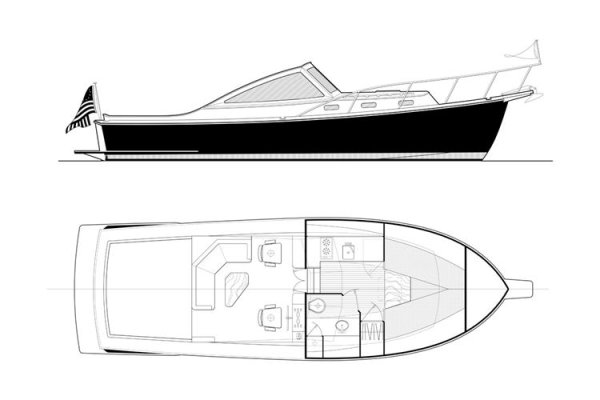Capt. Rodbone
Senior Member
- Joined
- Sep 6, 2020
- Messages
- 177
- Location
- U.S.
- Vessel Name
- SV Stella Polaris MV Sea Turtle
- Vessel Make
- 1978 VanDine Gaff rigged schooner, 1978 Grand Banks Classic Trawler
Would a vessel hull constructed of two layers of marine plywood then glassedbe considered a cold molded hull? I seem to recall that cold molding involves THREE layers, specifically angled in three different directions, and also involves vacuum bagging?



